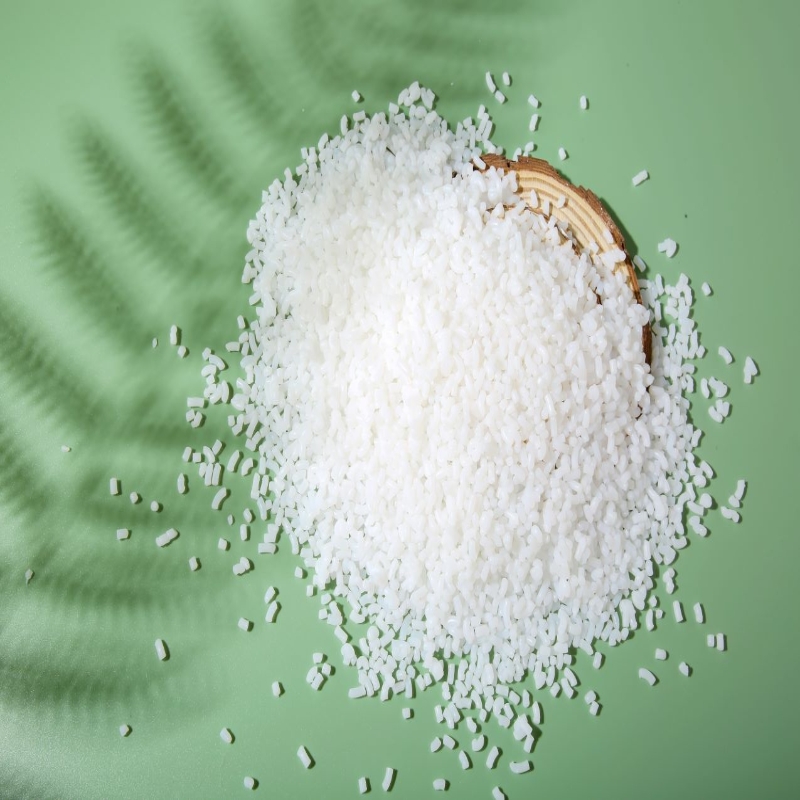-
Categories
-
Pharmaceutical Intermediates
-
Active Pharmaceutical Ingredients
-
Food Additives
- Industrial Coatings
- Agrochemicals
- Dyes and Pigments
- Surfactant
- Flavors and Fragrances
- Chemical Reagents
- Catalyst and Auxiliary
- Natural Products
- Inorganic Chemistry
-
Organic Chemistry
-
Biochemical Engineering
- Analytical Chemistry
-
Cosmetic Ingredient
- Water Treatment Chemical
-
Pharmaceutical Intermediates
Promotion
ECHEMI Mall
Wholesale
Weekly Price
Exhibition
News
-
Trade Service
In their current work, the scientists recommend the integration of salt-responsive polyDVBAPS (poly (3-(dimethyl (4-vinyl) ammonium) acrylic sulfonate), anti-fouling polyHEAA (poly (N-hydroxyethyl acrylamide)) and the fungicide TCS (triclosan). into a single surface.
development of intelligent materials and surfaces with a variety of antibacterial effects is critical to basic research and practice
.
, they aggregate and join polyDVBAPS and polyHEAA to substrates in different ways to form two types of polyDVBAPS/poly (HEAA-g-TCS) and poly (DVBAPS-b-HEAA-g-TCS) brushes with different hierarchies. This is confirmed by X-ray photoelectromatoscopy (XPS), atomic force microscopy (AFM) and elliptical polarization. Both types of polymer brushes show three-function antibacterial activity, resistant to polyHEAA-attached bacteria, release about 90% of dead bacteria from the surface through polyDVBAPS, and kill about 90% of surface bacteria through TCS.
-functional antibacterial surface is a promising design strategy
comparative studies have also shown that removing any ingredients from polyDVBAPS/poly (HEAA-g-TCS) and poly (DVBAPS-b-HEAA-g-TCS) can impair overall antimicrobial performance and further support the synergy of these three compatible ingredients. What's more, the presence of salt-reactive polyDVBAPS allows both brushes to regenerate with little affected antibacterial capacity and can be reused in multiple kill and release cycles. The three-function antibacterial surface provides a promising design strategy for further development of next-generation antibacterial materials and coatings for antimicrobial applications.
the study was published in the Journal of Materials Chemistry B, No. 38, 2019.







